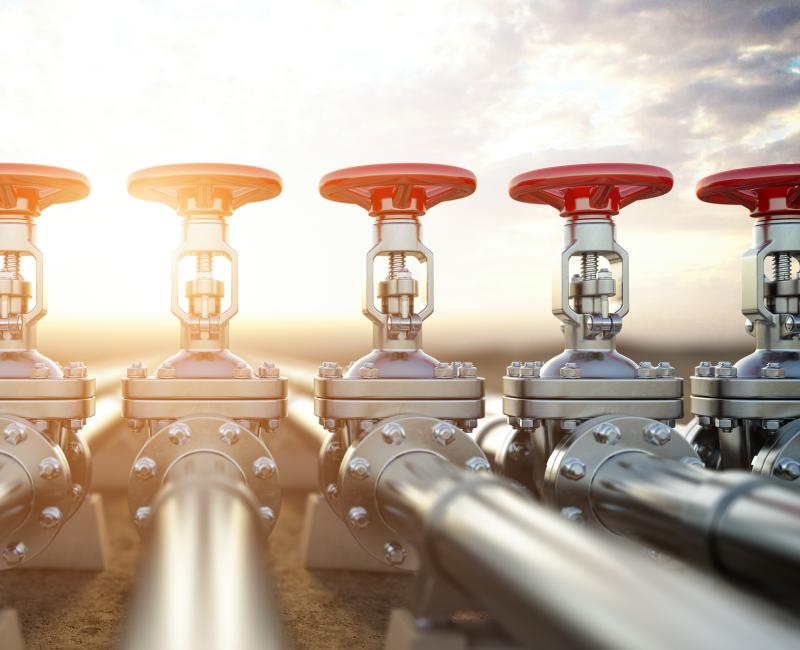ACER concludes that the proposed gas transmission tariffs for Hungary are largely compliant with EU rules

ACER concludes that the proposed gas transmission tariffs for Hungary are largely compliant with EU rules
What is it about?
Today, ACER releases its report on the Hungarian gas transmission tariffs directed at Magyar Energetikai és Közmű-szabályozási Hivatal (MEKH), the national regulatory authority (NRA) of Hungary.
The report assesses whether the proposed reference price methodology (RPM) complies with the requirements of the Network Code on Harmonised Transmission Tariff structures (NC TAR).
What is the proposed RPM about?
The NRA proposes to:
- Apply a postage stamp RPM complemented by a 90% discount at entry points from storage and 100% discounts at exit points from storage. It also suggests applying a 50/50 entry-exit split but is open for adjustments within a 40/60 to 60/40 range subject to stakeholder feedback.
- Adopt an in-kind flow-based charge (commodity-based tariff). However, taking into consideration inputs received from stakeholders, MEKH already informed ACER about its intent to switch back to a monetary flow-based charge (already in place since 2021).
- Introduce two non-transmission services, respectively for gas odorisation and for connecting users to the network.
What are the key findings?
After analysing the consultation document, ACER concludes that:
- The RPM largely complies with requirements set in Article 7 of the NC TAR.
- ACER could not assess the compliance of the proposed flow-based charge, as the relevant NRA decision is only available in Hungarian. However, given MEKH’s intent to switch to a monetary flow-based charge, ACER referred to its 2021 analysis, assessing the compliance of the tariffs proposed at that time.
- The proposed non-transmission services also comply with EU rules.
What does ACER recommend?
ACER recommends that the NRA, when adopting its final decision:
- Ensure the compliance of the commodity-based tariffs with the NC TAR, particularly considering that the monetary flow-based charge will be applied instead of the in-kind one (e.g. stakeholders were consulted upon the latter, but not the former).
- Reconcile the proposed non-transmission services as required by Article 17(3) of the NC TAR.
See all ACER reports on national tariff consultation documents.








